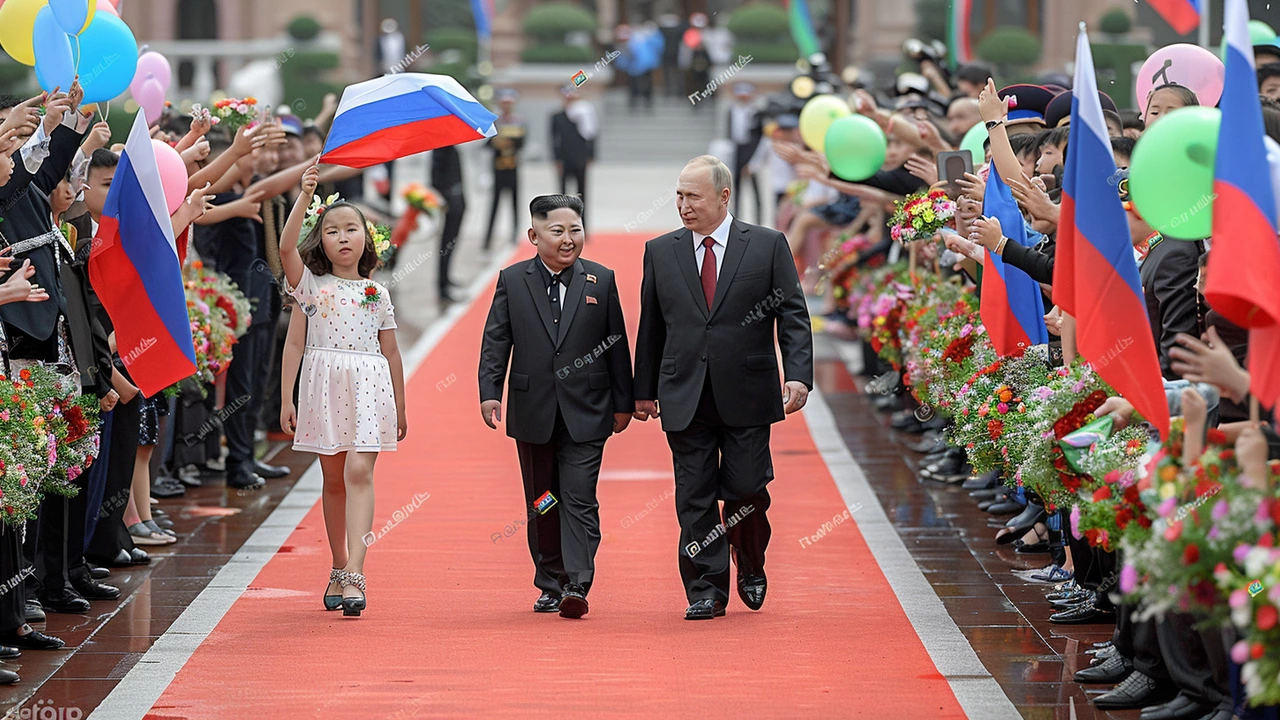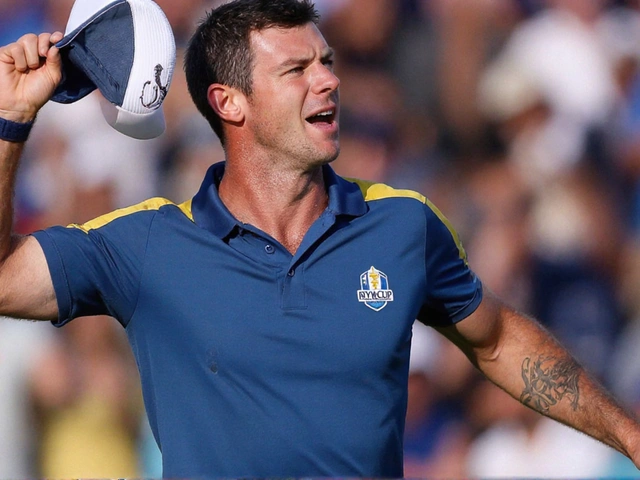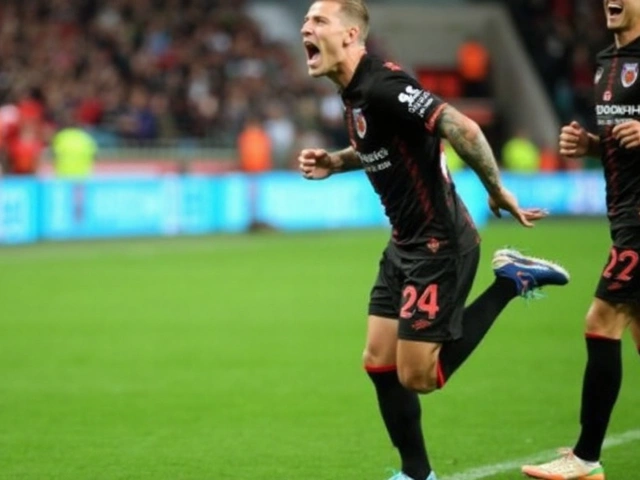North Korea: What You Need to Know
Ever wondered what life is like behind the borders of North Korea? You’re not alone. People hear the name and think of mysteries, missiles, or a strict regime. This guide cuts through the hype and gives you a clear picture of the country’s past, present, and everyday reality.
History in a nutshell
After World War II, the Korean Peninsula split into two zones: the Soviet‑backed north and the American‑backed south. In 1950, the North invaded the South, sparking the Korean War. The fighting stopped in 1953 with an armistice, but no peace treaty followed, so technically the two Koreas are still at war. The north took the name Democratic People’s Republic of Korea (DPRK) and set up a socialist government that’s been ruled by the Kim family ever since.
Life inside the country
Most North Koreans live in cities like Pyongyang, where the government provides basic housing, food rations and free education. Outside the capital, rural life is harder – electricity can be spotty and farming is still the main job. The state controls what you can watch, read or say, and travel abroad is tightly restricted. Still, people find ways to enjoy music, sports and family gatherings, just like anyone else.
The political scene revolves around the ruling Workers’ Party and the Kim dynasty. Kim Il‑sung founded the nation, his son Kim Jong‑il took over, and today Kim Jong‑un is the supreme leader. The leadership projects a strong image, uses massive parades and state media to reinforce loyalty, and keeps tight control over the military and security services.
Economically, North Korea relies heavily on agriculture, mining and a small manufacturing sector. International sanctions limit trade, especially in oil and luxury goods. To get around this, the country trades with China and occasional smugglers, while also developing a limited market economy that lets people sell goods in local markets.
Culturally, the country has its own film industry, music ensembles and sports teams. You might be surprised to learn that North Korea even has a state‑run marathon and sends athletes to the Olympics. Traditional Korean dishes like kimchi and cold noodles are staples, and festivals celebrate the lunar calendar and revolutionary milestones.
If you ever think about visiting, know that tourism is highly controlled. You’ll have a guide, stay in approved hotels and only see places the government wants you to see. That said, a short trip can give you a glimpse of massive monuments, orderly streets and a daily rhythm that feels both familiar and foreign.
Bottom line: North Korea is a complex mix of strict governance, resilient people and a unique culture that’s often hidden behind headlines. Understanding the basics helps you see past the stereotypes and appreciate the human side of the DPRK.
 21 June 2024
21 June 2024
Putin and Kim Jong Un Strengthen Ties Amid Global Concerns over Potential Arms Trading
Russian President Vladimir Putin and North Korean leader Kim Jong Un met in Pyongyang, sparking fears about potential arms deals and intelligence sharing. This meeting reinforces suspicions of an Anti-Western alliance aimed at bolstering Putin's military efforts in Ukraine, while providing crucial resources to Pyongyang.
Latest Posts
-

Ryder Cup 2025: Europe Takes 5.5-2.5 Lead Over USA at Bethpage Black
-

What are the car brands that start with the letter K?
-

Currys Black Friday 2025: Massive Tech Discounts on Samsung, Dyson, PlayStation, and More
-

Bayer Leverkusen’s nine men beat Frankfurt as Hjulmand wins fiery debut
-

Should you buy the first car you test drive?
0